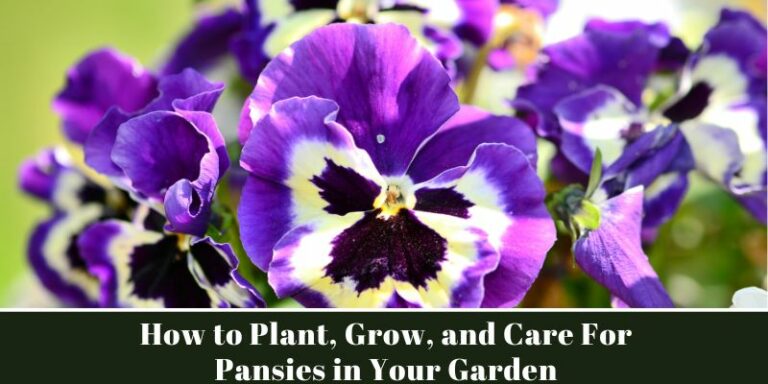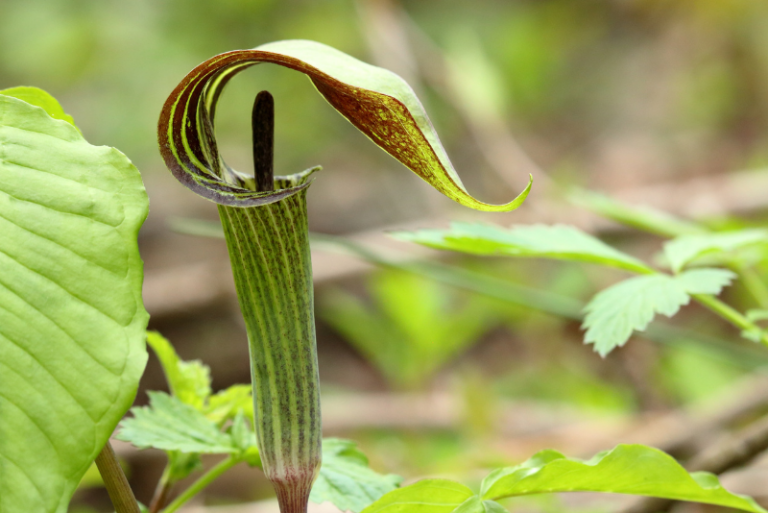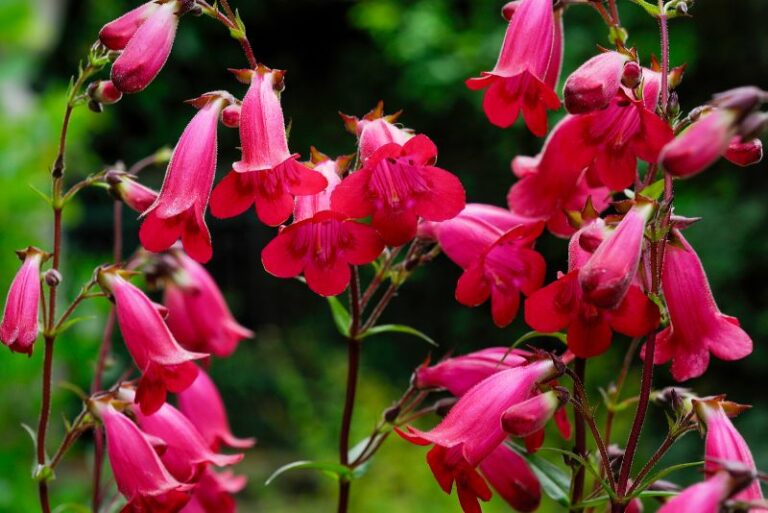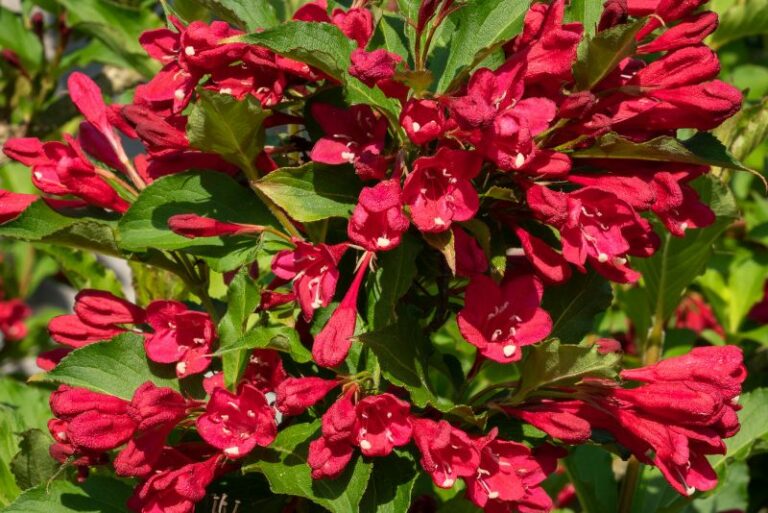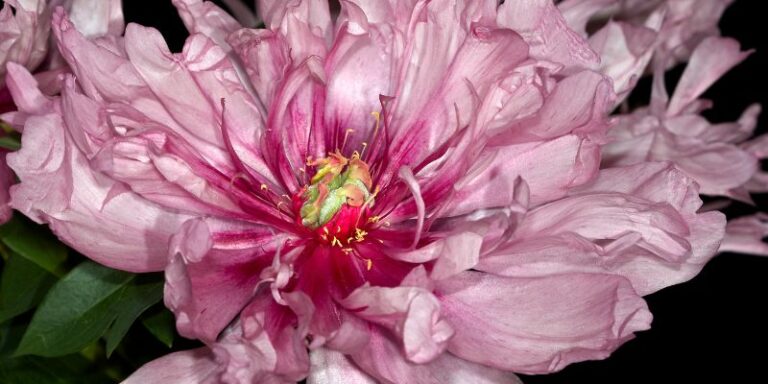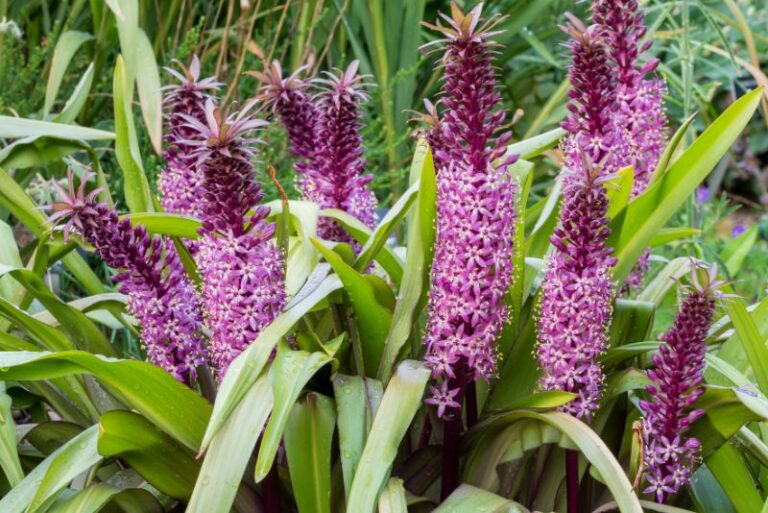Growing Heliotropes: Fragrant Vintage Charmers
In the world of gardening, few flowers evoke the nostalgia of bygone eras quite like the heliotrope. These vintage charmers, with their dainty clusters of purple, lavender, or white blooms, are heavily laced with a fragrance reminiscent of old perfumes. For horticulture enthusiasts, vintage plant collectors, and those who simply love fragrant blooms, heliotropes offer a delightful window into the past. This comprehensive guide will walk you through the joys of cultivating these old-fashioned gems in your garden, from understanding the plant to infusing a timeless allure into modern landscapes.
Understanding Heliotropes
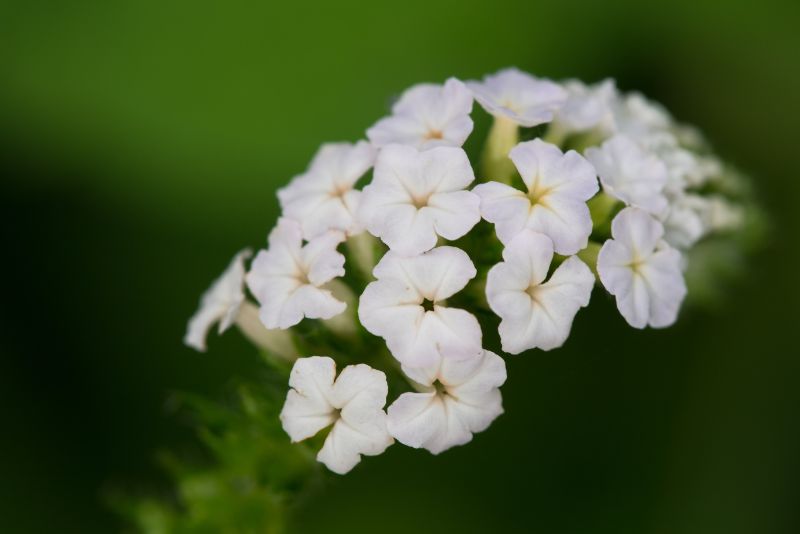
To begin, one must grasp the essence of the heliotrope. These European natives belong to the borage family (Boraginaceae) and were a favorite in Victorian parlor gardens. Aptly named after the Greek words helio (sun) and tropos (turning), heliotropes are known for the bending of their tiny flowers to face the warm sun.
A uniquely rich and sweet fragrance, often compared to cherries or vanilla, emanates from the flowers, adding to their desirability. This intoxicating scent intensifies during the cooler hours, making it the perfect evening or morning accompaniment – earning heliotropes the moniker of “garden’s vanilla.”
A Vintage Charm
The appeal of heliotropes lies in their aesthetic and historical significance. Their florid past in the Victorian era, a time of floral symbolism and formal gardens, has cemented their image as quintessential vintage plants. Indeed, heliotropes carry with them the elegance and romance of that period, often chosen for their versatility in both garden and indoor settings.
Their compact, bushy form, usually reaching about a foot in height, makes them suitable for container gardening or border planting. While their blooms may look delicate, they are surprisingly robust, especially when given the right care.
Planting and Care Tips
Heliotropes are relatively easy to grow, but their well-being relies on attention to a few key factors.
Soil and Sunlight Requirements
Heliotropes prefer well-draining soil that is slightly acidic with a pH of 6.0-7.0. They thrive in full sun or partial shade, with the latter being particularly beneficial in the hot summers to prevent scorching of the leaves. Too much shade, however, may reduce flowering.
Watering and Fertilizing Guidelines
Consistent moisture is vital, but over-watering can lead to root rot, so allowing the top inch of soil to dry between watering is advisable. Fertilize with a balanced, water-soluble fertilizer every 2-4 weeks during the growing season.
Pruning and Maintenance Techniques
Regular deadheading of spent blooms encourages the plant to produce new flowers. Prune heliotropes back in late winter or early spring to encourage bushier growth and more abundant blooms during the growing season.
Fragrance and Aesthetics
The sweet aroma of heliotropes is a significant part of their allure and is best enjoyed during the still, cooler parts of the day. The fragrance is particularly enchanting at night, making it the perfect addition to a moonlit garden or sitting area.
The Delight of Scent
Heliotrope flowers emit their strongest scent in the late afternoon and evening, attracting nocturnal pollinators, such as moths. The fragrance is derived from a compound called piperonal, which also occurs naturally in vanilla.
A Feast for the Senses
The aesthetics of heliotropes are just as captivating as their fragrance. In the garden, they provide a pleasing contrast with their deep green wrinkled leaves that resemble mint foliage. The profuse, dense flower clusters adorn the plant from late spring until the first frost, adding color and charm to any garden space.
Vintage Charm in Modern Landscapes
In an age of minimalism and clean lines, the vintage allure of heliotropes can add a welcome touch of whimsy and warmth to modern garden designs. Here’s how you can integrate heliotropes while maintaining a contemporary aesthetic.
Integrating Heliotropes into Contemporary Garden Designs
Plant heliotropes in clusters or drifts to create focal points that capture the eye and heart. They work well in both formal and informal garden styles, and when paired with complimentary plants, they can create beautiful, harmonious displays.
Tips for Blending Vintage Charm with Modern Aesthetics
The key to blending vintage appeal with modern design is balance. Use heliotropes sparingly in areas with sleek structures and minimalist landscapes. Consider utilizing them in pots or planters to soften the edges of stone or concrete, or as part of a mixed border for a burst of color against a more contemporary backdrop.
Conclusion
The heliotrope, with its vintage charm and timeless fragrance, is more than a plant — it’s an invocation of history, culture, and the human connection to nature. For gardeners seeking to revive the elegance of past eras, the heliotrope is a must-have. It’s a delicate, yet resilient flower that not only adds aesthetic value to your garden but can transport you to a more romantic time with each delightful bloom. Experiencing the growth and care of this fragrant gem will reward you with a slice of the Victorian epoch in your everyday world, and that is a treasure to cultivate and savour.

